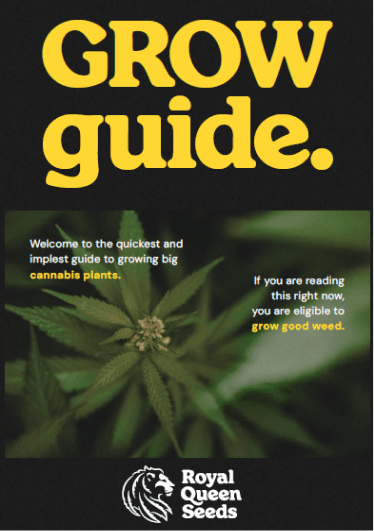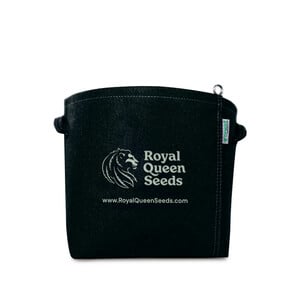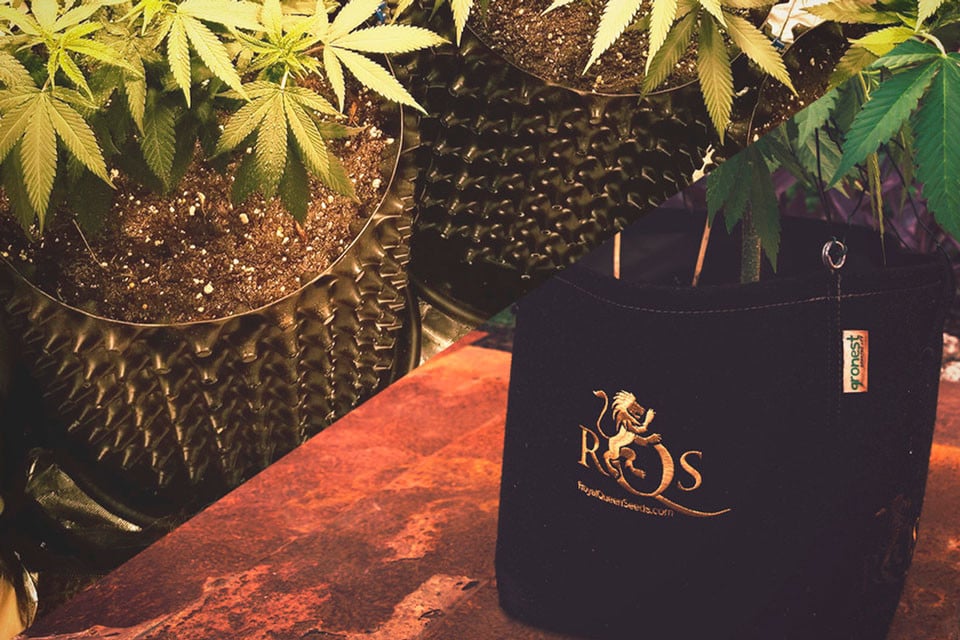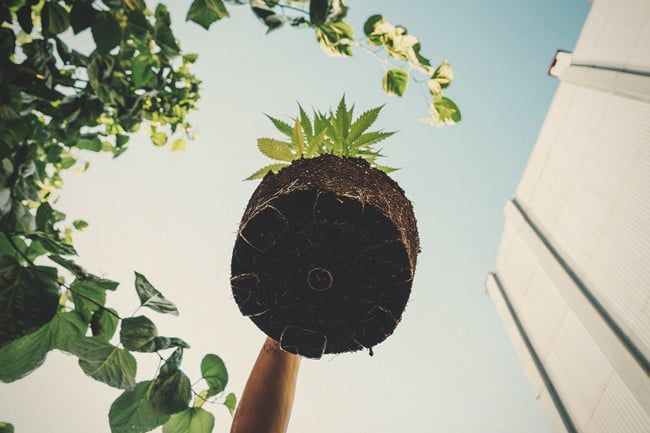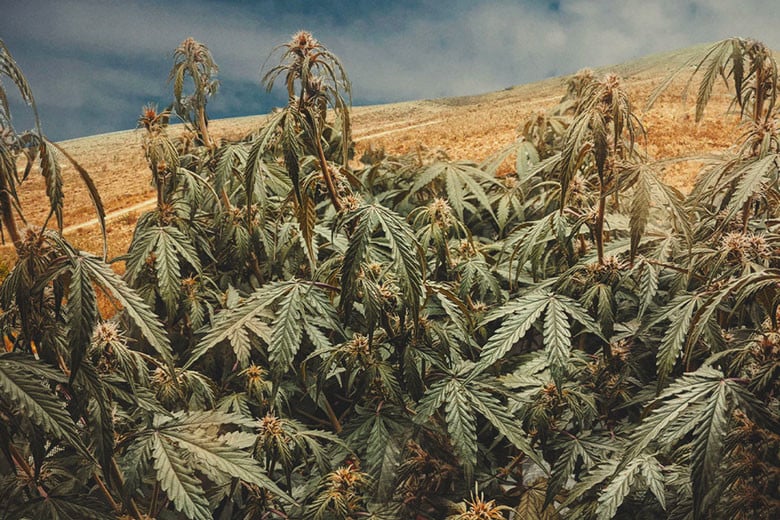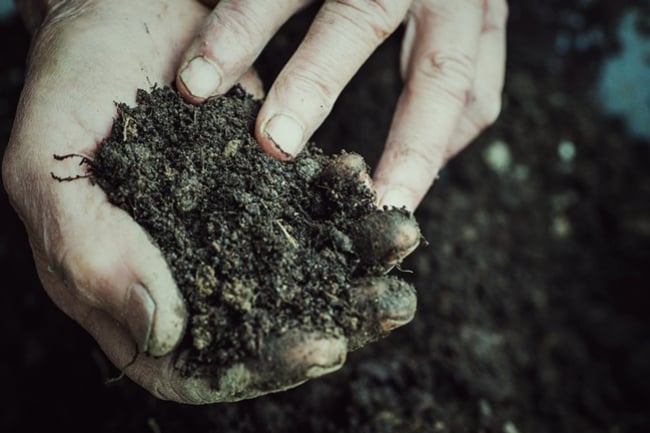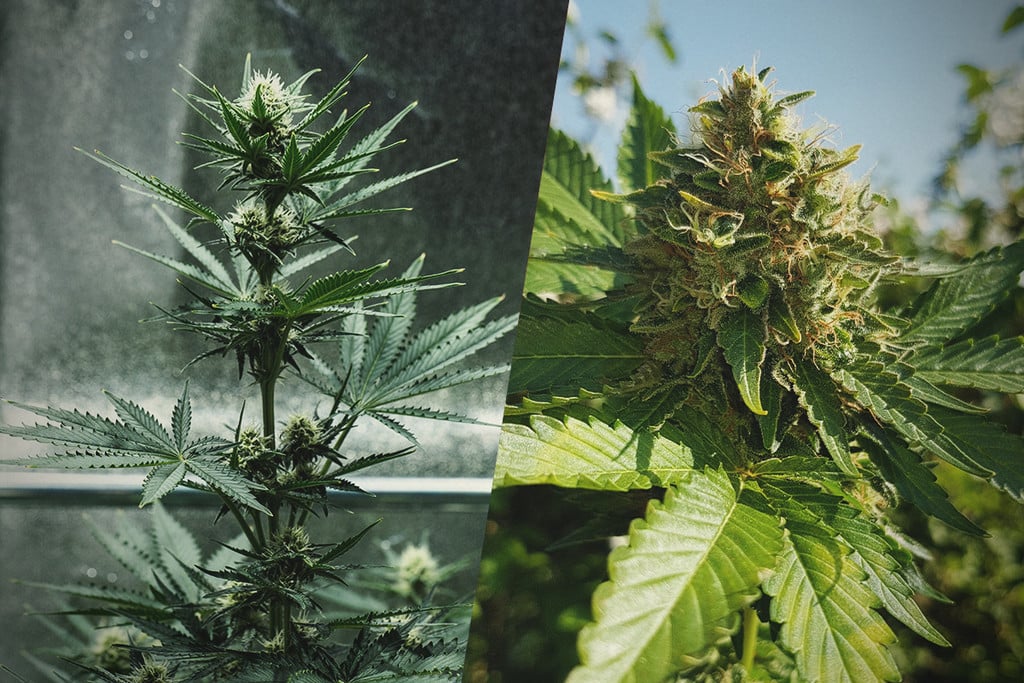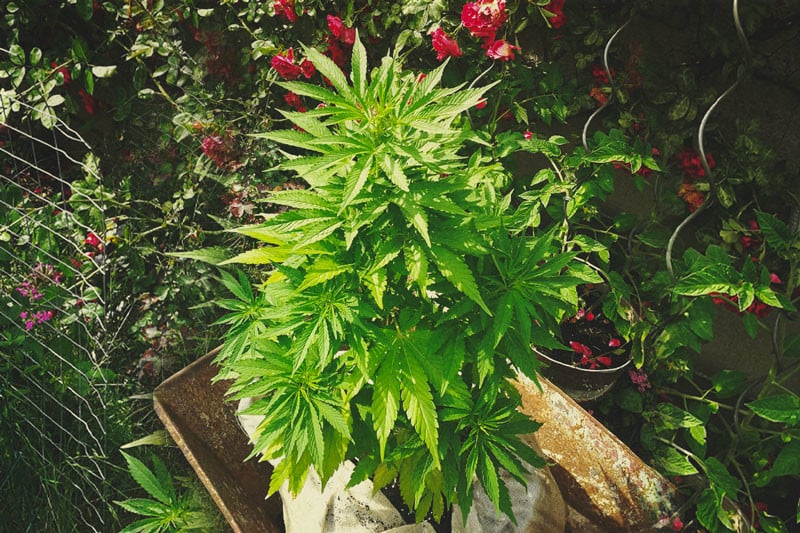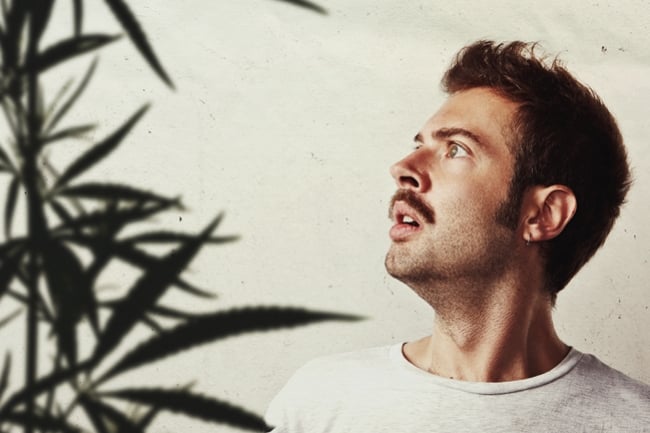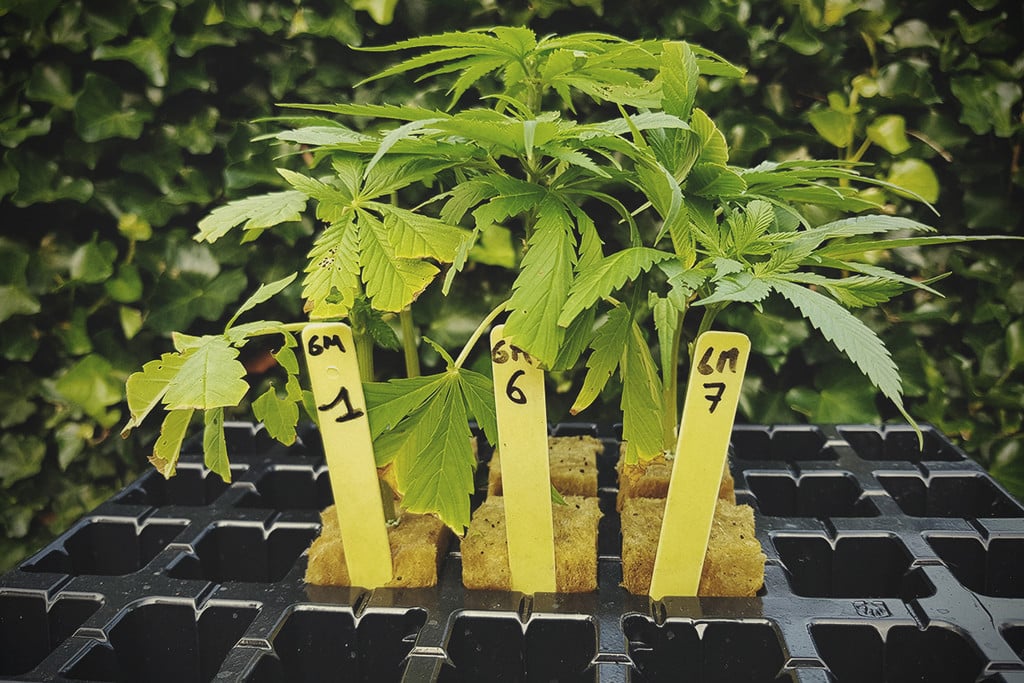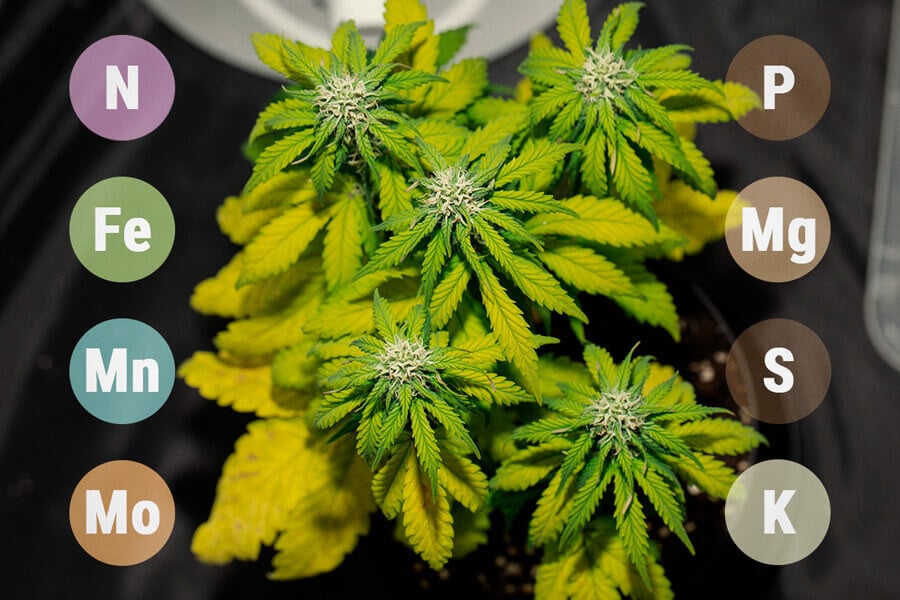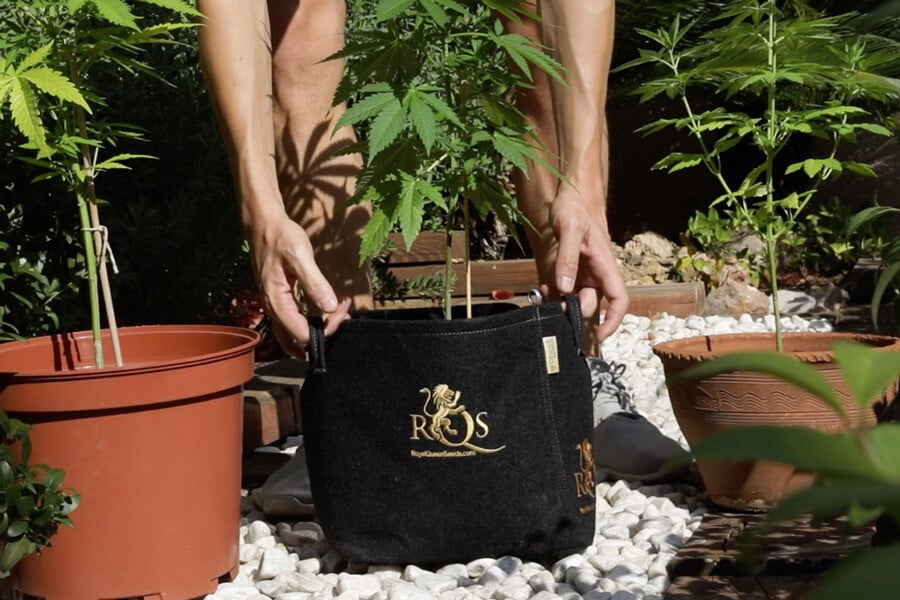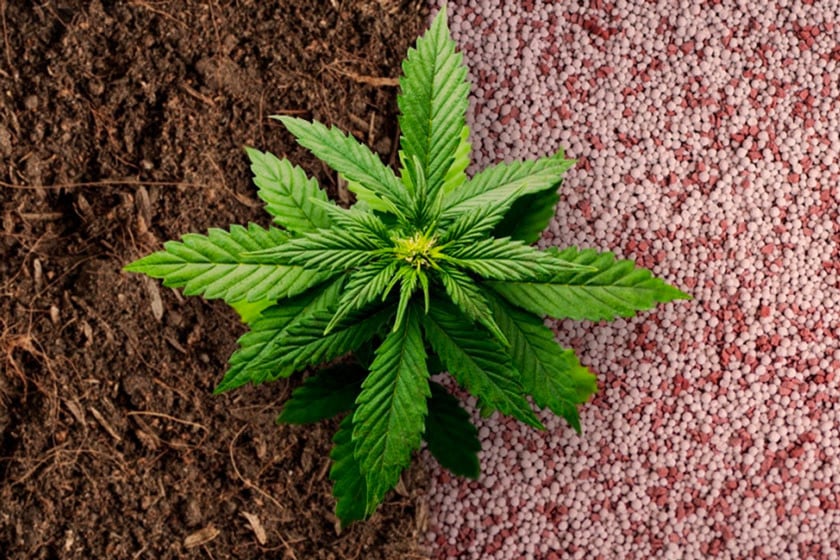.
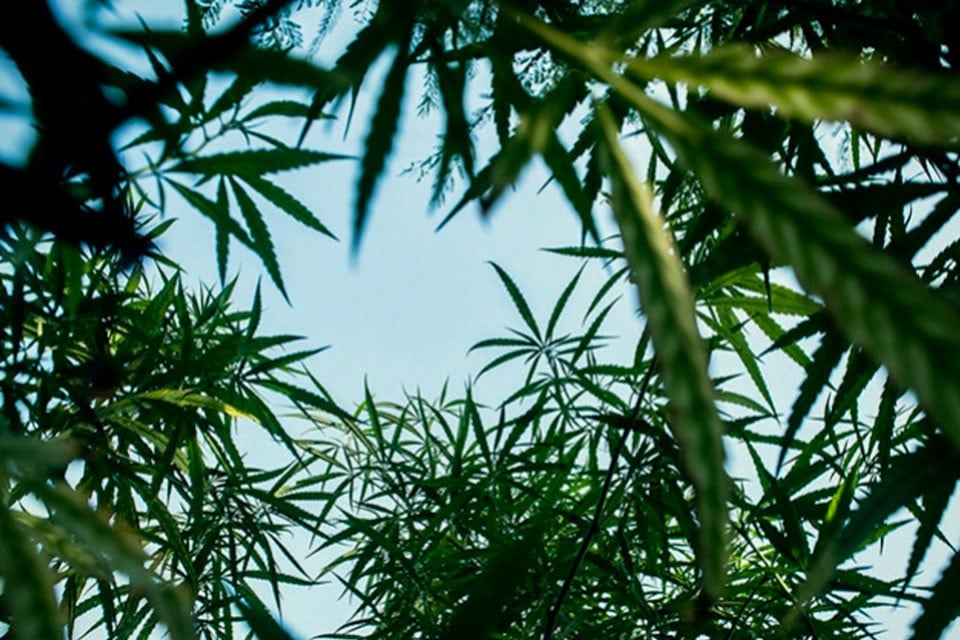
Pots vs. Soil, Which Is Best For Growing Cannabis Outdoors?
Growing outdoors? Have you considered where your plants will live through the entire cycle? The pros and cons of soil versus pots.
Contents:
Once again our little blue planet has spun around the sun. Winter is peaking in the Northern Hemisphere, which means one thing: Spring is just around the corner!
It is time to start making plans for the outdoor season. One of the main concerns for the novice outdoor grower is if plants are going to live in a pot, or truly out in the open soil. Neither is the right or wrong choice, but there are some pros and cons regarding each.
The choice to use either pots or to sow directly into soil has nothing to do with the potential yield and quality of the final product. It all boils down to personal preference and lifestyle. You can use oversized pots outdoors to grow huge plants. Or grow in deficient soil and end up with a puny little plant.
Since there is no clear winner, it is not up to you to judge which is best, so we will give you some food for thought in hope to contribute to a choice, that better suits you.
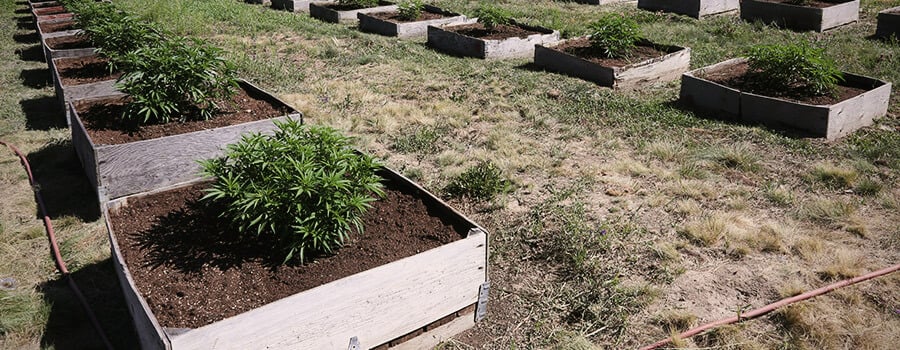
GROWING OUTDOORS USING POTS – THE ADVANTAGES
Pots are great in that you can move the plants around. For the true outdoor grower, this may not seem like a great concern, but that means you never had to deal with relocation issues due to bugs infestation, a strong rainstorm, animals or even prying eyes.
Pots are also great in that you will be able to better control how much the plant grows. If being stealth is a concern, a pot will restrict maximum growth potential of the plant, meaning you can quite effectively predict how tall and wide it will become. Of course, training is always possible, but nothing beats a stress-free growth rate for maximum genetic potential.
By using pots, you are also able to mitigate potential issues with the soil itself. Maybe your natural environment does not offer the best quality soil for cannabis, so then using pots allows you to mix premium or amended soils and keep it self-contained. This also permits you to have full control over variables like pH and nutrition strength locally to the roots.
PLANTING DIRECTLY IN SOIL – THE ADVANTAGES
Planting directly in soil is as natural as it gets. The roots are free to quickly explore the depths of the underground world, triggering the plant to grow to a potentially monumental size. Roots can go very deep indeed, and if they manage to find a good enough waterbed or moisture content, the plant can survive unattended throughout a very hot and dry summer. Microbial life will be at its best, as will be the potential nutritional offering—of course—provided you have good farming land.
By growing in a good spot, maintenance becomes minimal. Costs will also be reduced, as nature will provide loads of energy. At worse, by mid-flowering, some extra food might be welcomed to achieve those extra fat colas—but even so to a much lesser extent than in a pot.

GROWING OUTDOORS USING POTS – THE DISADVANTAGES
By using pots instead of planting directly into the wild does have its downfalls. To start, you will not be able to set them and forget them. If rain does not come, you must provide water. Even if it does come, you must keep an eye on nutrition.
Growing outdoors in pots will also take longer than indoors, as light cycles are not as precise, so if you time it right, but use a too small a pot, the plant will not be able to grow as big as you would like it to. Contrarily, by using oversized pots, your water and nutrient costs will ramp up as the plants gain serious size and weight. This may not be a problem for some, but an important factor to consider.
Lastly, if you live in a relatively inhabited location, you may want to consider using chains on your pots. Anyone could spot it and simply pick the pot and run away!
PLANTING DIRECTLY IN SOIL – THE DISADVANTAGES
Contrary to this previous point, plants directly in soil cannot be moved unless you cause some serious damage to the root ball and stress the plant to stunt growth completely. Strong gusts of wind or a too long high humidity environment can cause havoc and potentially destroy months of hard work. A normal hailstorm can dent cars beyond repair, and now imagine what it could do to your plants. Of course, you can take measures to prevent this, but more often than not the extra work can be overwhelming. Imagine having to build a shelter for a 2.5 x 2.5m plant. What if you are planning to have several of them?
Which brings us to the next point, overgrowth. Some strains or phenotypes have the potential to reach absurd dimensions. This may not be a positive thing, if you need to keep your operation secret. And if you do, it probably means you are planting in a remote location, where regular maintenance visits to train and tame its growth defeats the whole purpose of guerilla growing.
Probably the biggest disadvantage in growing in soil is the lack of control of what is happening on the underside. Of course, the more experienced growers know how to breed actively aerated beneficial bacteria, which do wonders for vigour and general root health—but not so much concerning direct nutritional input.
A few days of rain can create a shift in the underlying conditions, not only flushing away a well-balanced food source, as well as bringing in a new constitution from afar. This may result in a drastic pH change, nutrient lockouts, and deficiencies, or even toxic levels of a certain micro-nutrient specifically to cannabis. When this happens, it is very hard to rebalance the subsoil.
CONCLUSION
As you can see, there is no silver bullet. It really boils down to how offensive the cons are, or how beneficial the pros. If even still you are unsure, the solution is quite simple—do half-half, and by harvest time you will surely have a clearer idea of what works best for you.
Ready to start experimenting? Download our guide for step-by-step instructions to help you navigate your first grow, whether you choose pots, soil, or both!
Free RQS
Grow Guide!
